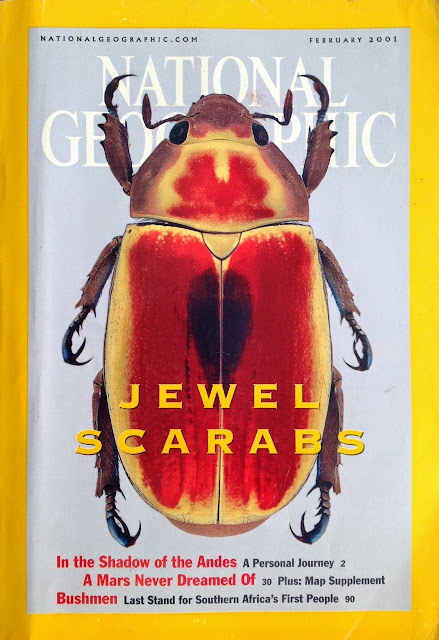The current
Homo-insecta
paintings on wood are companion pieces to the watercolours
(2014 - present) that I’ve put on temporary hold while I get this series under
way. As mentioned in a previous post, this is not the first time I’ve painted
on wood. In past times, however, the surface was prepared with two or three coats
of gesso, with a light sanding (using a fine-grained sandpaper) in between each layer. The preparation of these
panels is similar, except that instead of gesso, the wood is coated with a clear
primer, resulting in a protective, non-darkening surface which retains the
subtle wood grain. After the figure is outlined in pencil, 2 – 3 coats of gesso are applied to the image
area, through which the outlines of the drawing remain visible.
The first paintings on small square panels measuring 20 x 20
cm were essentially an experiment to get a feel for this new method of working and, as much as
possible, learn to deal with any technical challenges it might throw my way.
Plusiotis victorina Beetle Woman is the third Homo-insecta to be painted on a panel
measuring a slightly larger 32 x 23 cm. Still at the relative beginning of a
wide, frequently daunting learning curve, I’ve learned some key lessons from my
previous efforts – principally, the necessity to work with even more than usual
care, leaving very little to chance. The exposed wooden surface is particularly
unforgiving in regard to pencil marks; if there are any mistakes in the
drawing, or I simply want to make a minor adjustment, it is almost impossible
to remove unwanted marks that fall outside the painted area. In many other
instances, alterations and erasures (notably in the powerful large scale drawings
of William Kentridge) can lend tremendous vigour to an image. The Homo-insecta
series, however, takes natural history illustration as its point of departure,
and a meticulous aesthetic and sense of stillness is essential. Erasures and
alterations merely make the image look grubby.


The fast drying nature of acrylic paints can be a plus with
smaller sized works, but as the scale increases, the blending of colours – for
example, skin tones – can be extremely difficult. In the two stage views directly above, the first layers of colour have been applied. Painting wet-on-wet, a standard blending technique in oil painting, doesn't always work well with acrylics; all too often the paint lifts completely away. Instead, I'm gradually building areas of colour and tone via a series of thin washes, first making sure that each previous layer is completely dry.

































